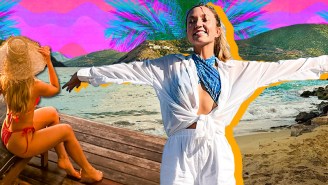“Your public lands, our public lands — this belongs to all of us.”
That simple message, which sounds like a modified version of the iconic Woody Guthrie song “This Land Is Your Land”, was shared with me by Ryan Callaghan when he took over as Director of Conservation for MeatEater. Stepping into a new role in a pre-COVID world, Callaghan, an avid outdoorsman and backcountry guide, was charged with helping people embrace wild spaces as part of their everyday lives. He’s a hunter and fisherman, yes, but above all things, he’s a person who just wants us all to get outside.
With the COVID-19 keeping us (mostly) homebound and adding a whole range of considerations to any thought of air travel, getting outside certainly seems like the most viable way to see the world right now. Public gathering spaces are going to be closed for quite a while. Events and concerts are on hold. Museums are only digital (and are likely to see visitor caps when they do open). Meanwhile, “active recreation” permits for public lands have allowed a stir-crazy populace to finally move their bodies again.
Though it’s easy to forget, there are 247.3 million acres of Bureau of Land Management (BLM)-controlled wild spaces in this country. That’s a fair bit of elbow room in the time of social distancing. If you’re the type who wants to exert your freedoms, BLM land is the place to do it (while being safe and considerate). If you’re wary of seeing others or want to get away from a world gone mad, BLM land’s got you. In this new era, it’s perhaps the best/ safest/ most-reasonable way to scratch that travel and adventure itch in the coming months without venturing too far from home or recklessly endangering yourself or others.
Here’s a beginner’s guide for anyone thinking about a first-trip into BLM land.
What Exactly Is BLM Land Anyway?
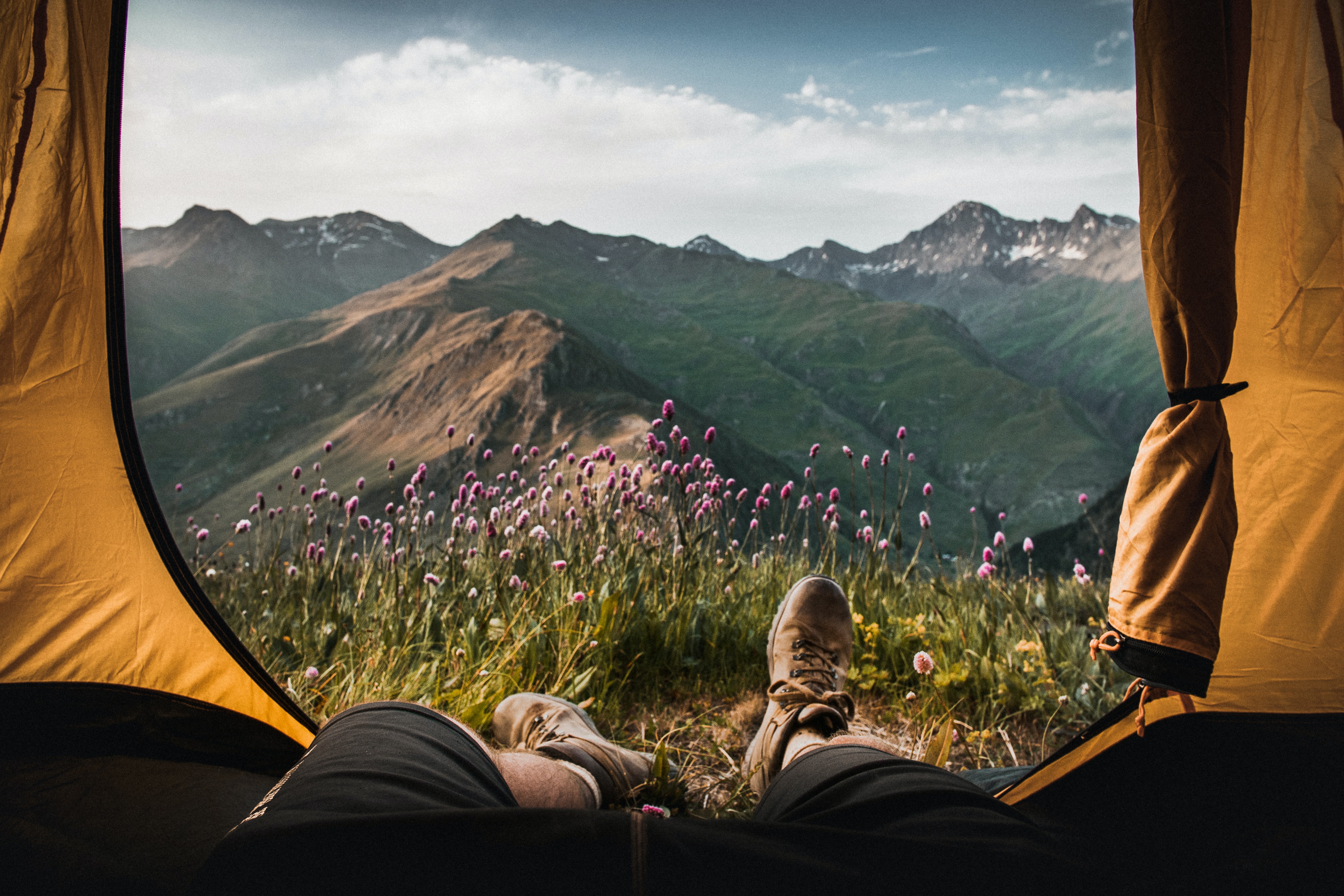
You’ve probably heard “BLM Land” thrown around by hardcore outdoorsy types a fair bit. Besides being a legit designation for certain parts of the country, it’s also a bit of a cool kids term these days. In short, BLM stands for Bureau of Land Management and is a federal body under the Department of Interior that oversees all the public land in the United States.
That includes accessible land across each U.S. State. Generally speaking, these comprise:
- 221 Wilderness Areas
- 27 National Monuments
- 636 National Conservation Lands
- 2,400 miles of Wild and Scenic Rivers
- 6,000 miles of Historic and National Trails
It’s a vast network of land that’s held by all of us for use by all of us. But, as you can see, “BLM Land” isn’t a single thing. Which leads us to…
Don’t Expect A Single Set Of Rules For All Public Lands
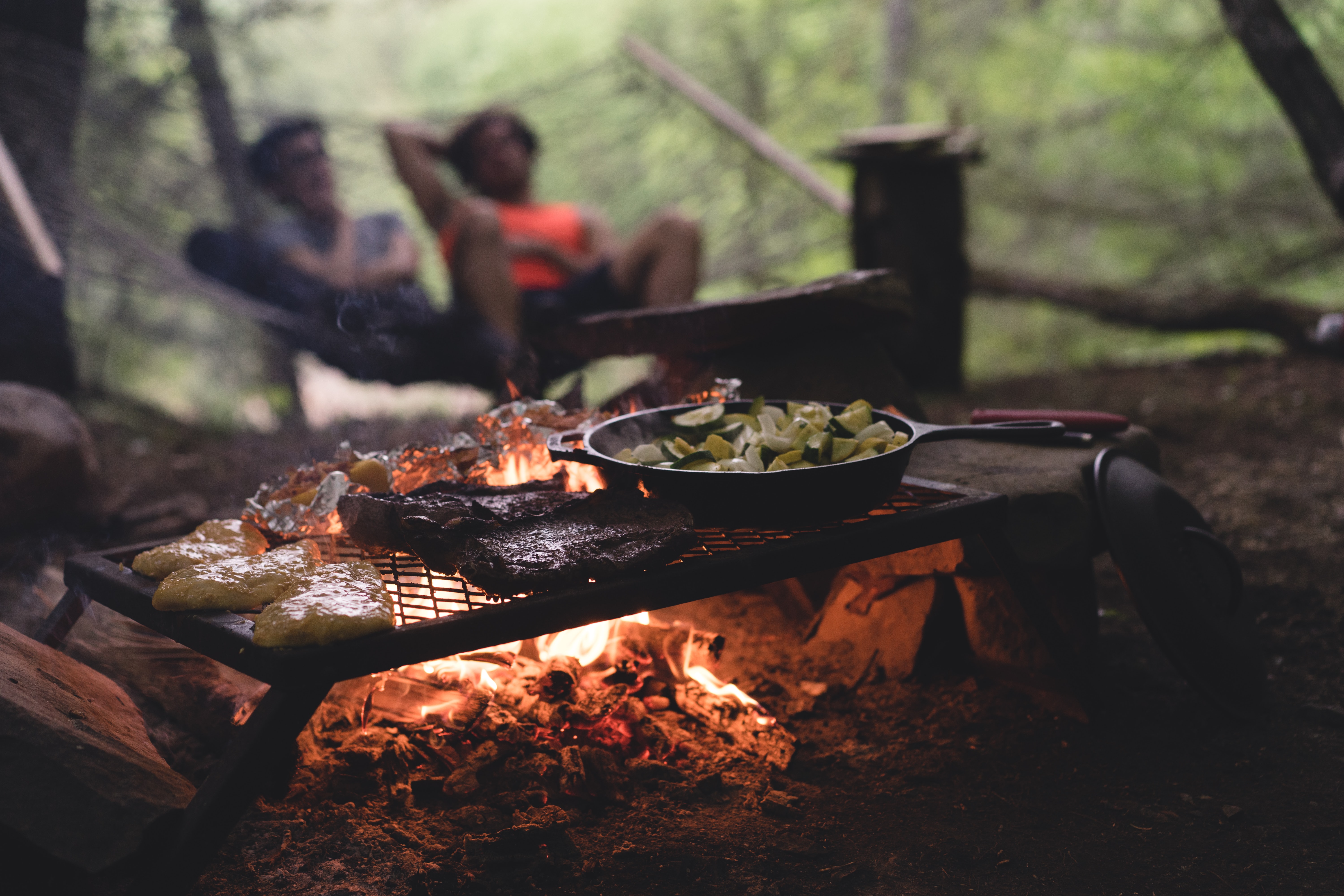
While embracing the publically owned, undeveloped land in our own backyards feels like the best possible option for an adventure this summer, you can’t just show up and expect to do whatever you want. This was very true even before the pandemic. There are rules and fees for access and they can vary greatly and there may be new rules to help with social distancing or COVID-precautions.
“Wilderness can still be highly restricted in how you use it,” Callaghan tells us. “Still, if you’re willing to hike in, you’ll be shocked at just how much access you can have.”
It may sound counterintuitive, given how much we’ve said about these lands being ours to use, but certain sections of BLM land are leased out to cattle ranchers, while other parts are mineral or oil extraction sites. Is that wonderful news for the planet? Probably not. But it is the present reality, so… if you want to go mountain biking or find the perfect swimming hole you need to do the research to see where exactly that is and isn’t allowed.
For what it’s worth, the BLM does a fairly good job helping people figure out which activities are viable in which locations. There’s a whole section on their site for mountain biking. The same goes for caving and off-road vehicles. We understand that this feels like a lot of information to manage, but Callaghan puts it this way, “Each spot is unique and they all kind of have their own set of rules, so it’s kind of hard to talk about them in bulk.”
Obviously, a national forest in upstate New York is going to be a wholly different experience than a national forest in, say, Idaho’s backcountry where wolves, lions, and bears roam. Expect different rules to apply.
Research What’s Available Around You
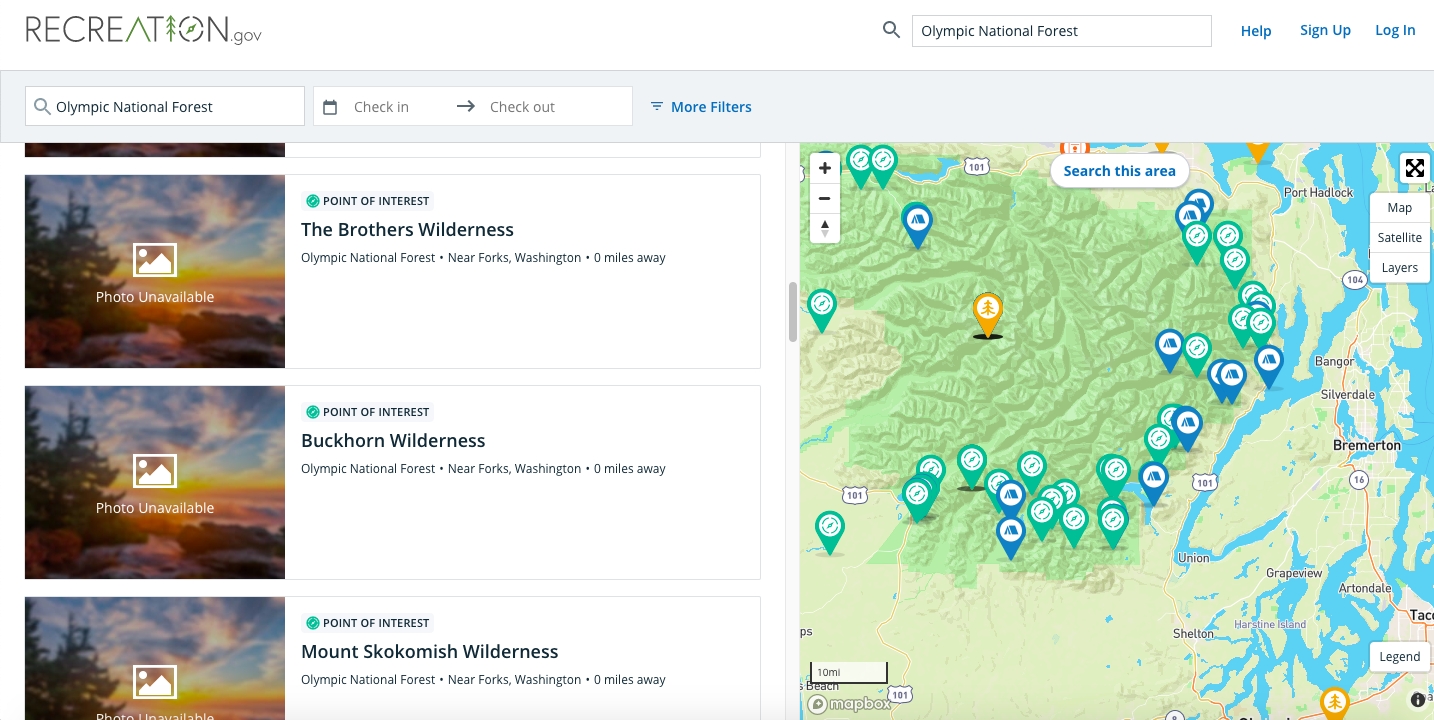
“The reality is the bulk of my recreation — which I get a lot of — is really, really, really close to home,” Callaghan notes. This can be true for you too, even if you live in a big city.
The best advice is to do the research first. Where can you go? Where can you camp? Where can you swim? Where can you get food or access to a toilet? These are all valid questions that you should consider and find answers to before setting off.
The BLM website has basic information on camping rules on public land. Learn them. But to actually pinpoint the place to go to fit your needs/ desires — like a campground, trailhead, or even just a vista — head to Recreation.gov. Simply enter your town and a map will pop up with everything available around you (as seen above). From there, you can get pricing for campgrounds, points of interest near you, and most of the information you’ll need to plan anything from a day trip to a weekend to a multi-week getaway.
Just a note, campgrounds will have different rules, amenities, and prices across the board. There are also plenty of free camping areas for those willing to pack in and pack out all their gear. Considering that BLM land is truly more “wild” than US National Parks, the bar for being fully researched and prepared is higher.
Learn The Safety Rules Of Where You’re Going And Follow Those Rules
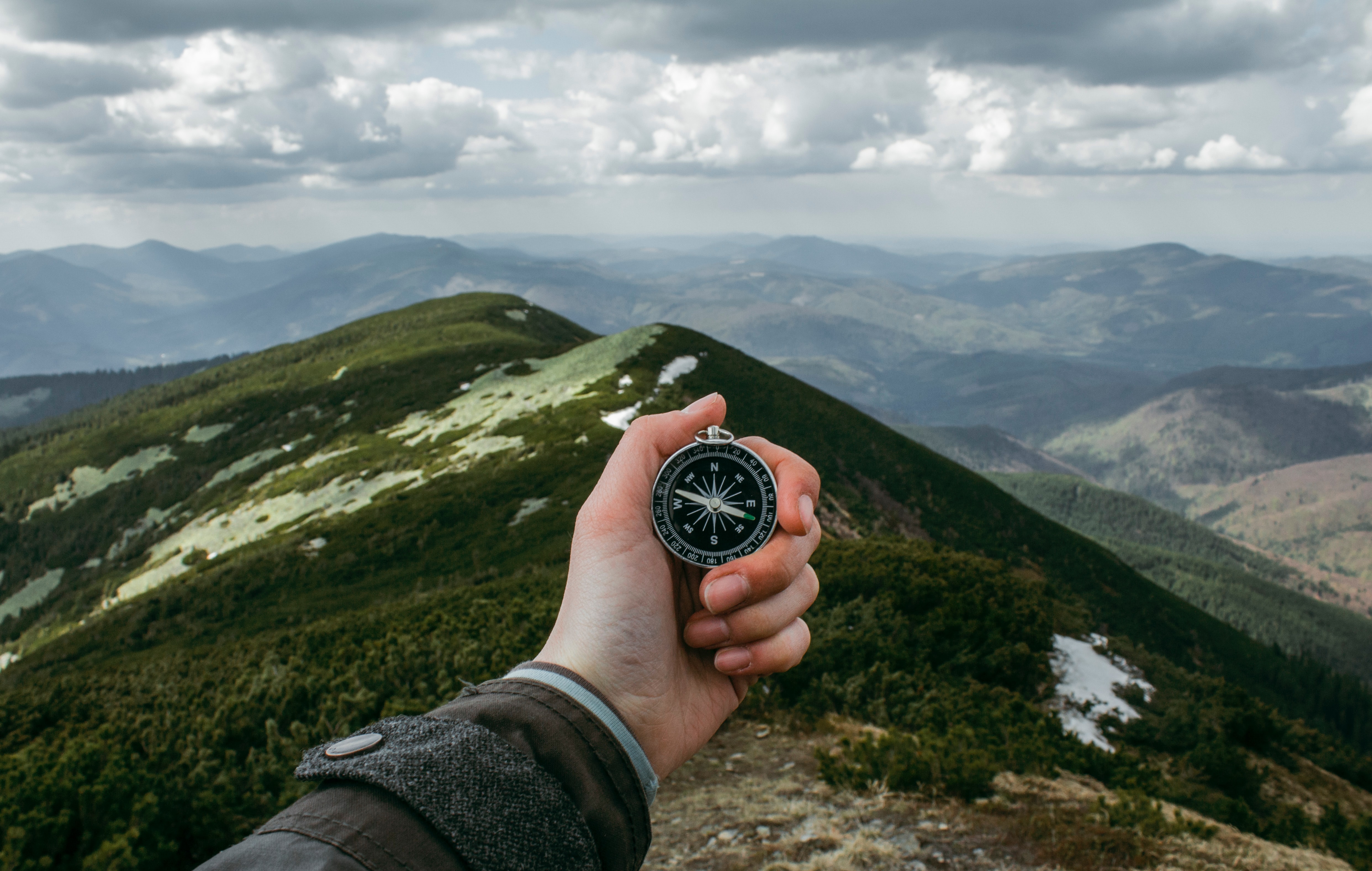
This is probably the most important aspect of using BLM lands. There are a lot of things to consider if you’re camping, hiking, climbing, cave diving, or just taking a stroll without rangers on duty. Again, the BLM website does a good job of breaking down important regulations and considerations. They cover everything from fire, river, and cave safety to water issues, hypothermia, dealing with snakes, and even what cellphone coverage to expect. Check out the “Know Before You Go” section of their site and absorb as much information as you can.
It’s important to know what flora and fauna are present in the area you plan to visit as well. No one wants to wander into a poison ivy patch or get woken up by a hungry bear. Moreover, have a solid plan for water. Do not expect to be able to draw water from streams or lakes without some sort of purification system.
A great place to find real-world information about using BLM land is Backcountry Hunters & Anglers communities. They have chapters all over the country and offer expert guidance on embracing the great outdoors while also leaning heavily into the conservation of those spaces.
Take It Slow
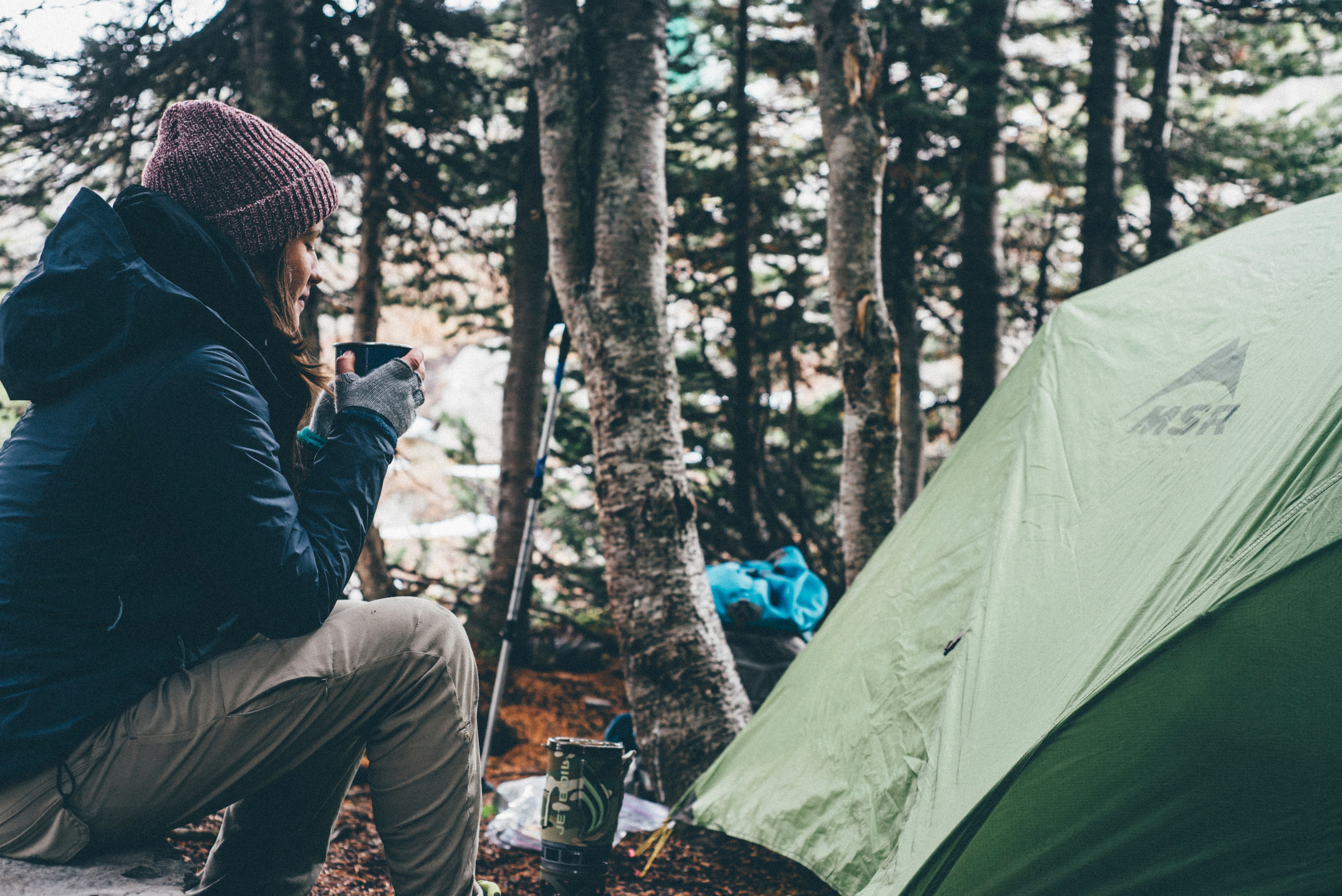
“I think that we have to do a little bit better job about being realistic and celebrating just getting out,” Callaghan says. “It’s not necessarily these grand adventures all the time. A lot of my wilderness experiences are less than a mile into the wilderness.”
You don’t need to climb a mountain the first time you go onto BLM land. It’s totally fine to just do a day hike to a lake or stream, drop a line in the water, and pack it in before sunset.
The point is, it’s okay to stay close to your comfort zone on your first few outings. Test the waters, see where your lines in the sand are with regards to comfort, and go from there. No one should rush you into doing anything in the wilderness that you’re not ready for. Just getting out there and breathing the clean air, surrounded by trees, can be enough to leave you feeling alive and invigorated.
Consider Getting A Pass Or Entering A Lottery
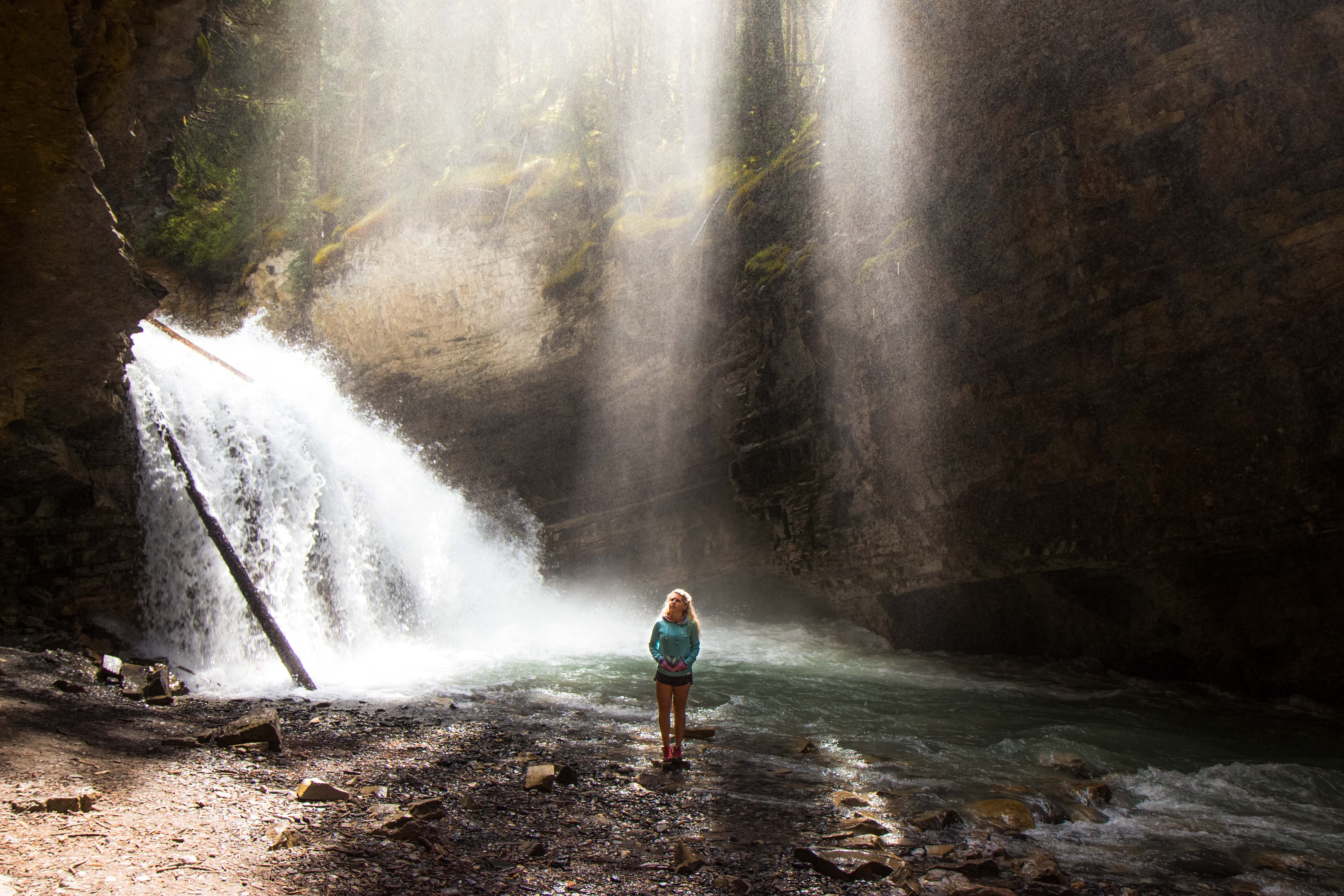
Yes, public land is open to everyone but you also can’t just walk into some places. An annual recreation pass generally gives you access to national parks and federal lands, campsites, trails, and more. They only cost $80 per year (they’re free for military and ex-military families) and make accessing a huge swath of public land much easier.
The passes are currently suspended due to the pandemic but are likely to be reissued as restrictions ease. When that does happen, you can get a pass from the USGS.
As we mentioned, there are sites under BLM control that do have restricted access. That means you’ll need a permit that sometimes those permits are tied to a yearly lottery. This covers everything from river access to canyons with a delicate natural balance that needs to be protected to ancient archeological sites to dangerous areas that you shouldn’t be walking into unless you truly know what you’re doing. You can find a list of restricted access lands on the BLM website.
Know What You Need To Bring And Leave No Trace
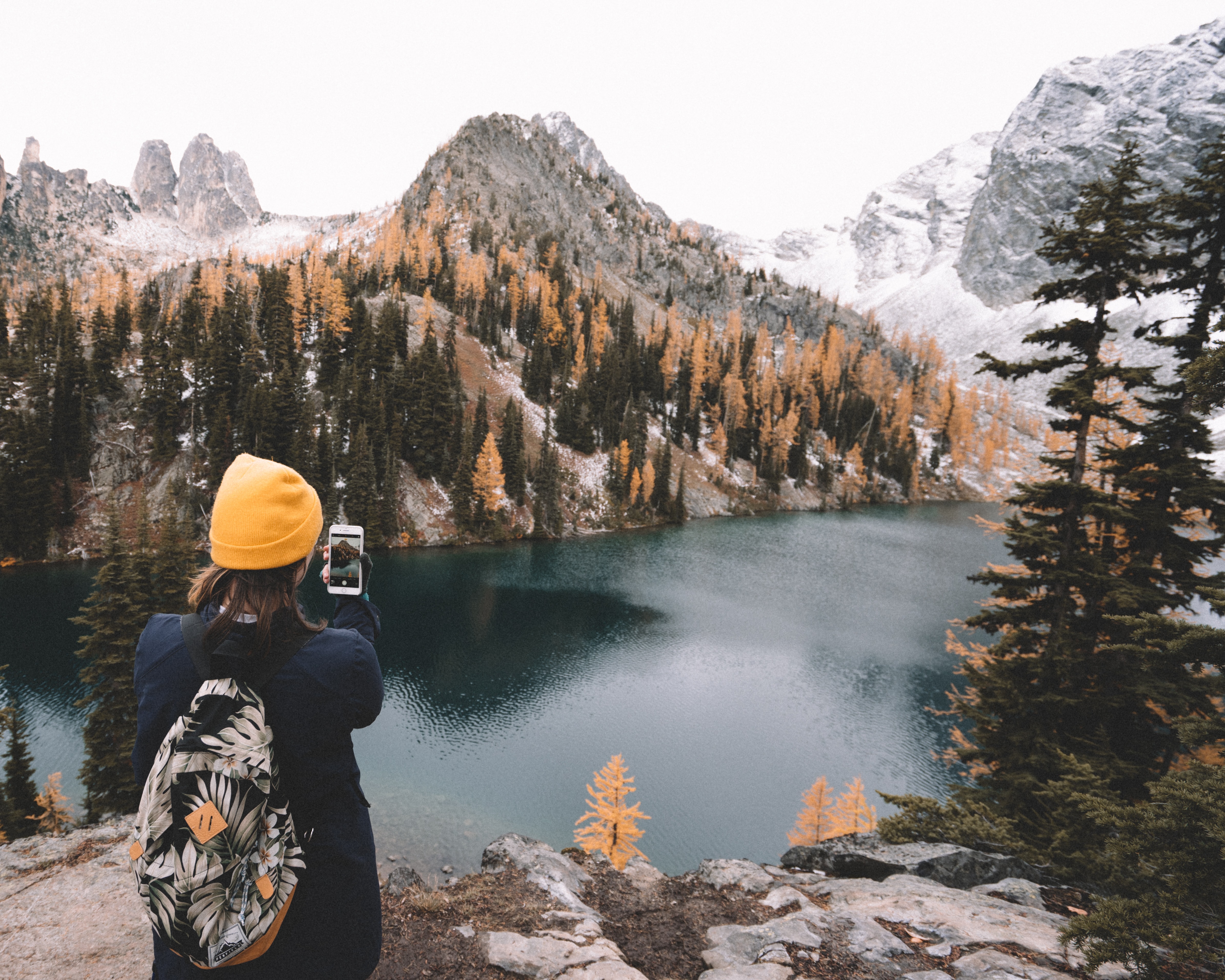
This seems pretty obvious. Still, plan ahead.
You’re going to need to bring food, water, and supplies in with you — even if it’s just for a day hike. Know what you need and make sure you don’t forget it at home. A good rule is to be a little more prepared than the situation demands. If you’re going to camp along a river with clearly marked trails, a few miles off the highway, you probably don’t need a satellite phone, but you should have some basic directional skills and compass knowledge. If you’re planning on starting a fire, even a small one, knowledge of fire safety protocols are a must. The phrase “just in case” is an important consideration here.
Also, it should go without saying, but don’t leave any waste. Bury your feces at least six inches deep, 200 feet from a water source. Pack out your trash, please.
Lastly, do not remove any artifacts from public lands (or anything else for that matter). Many monuments, forests, deserts, and parks contain ancient Indigenous American sites that are sacred to locals today. Sometimes those sites will be whole abandoned towns. Sometimes they’ll be rock walls covered in ancient petroglyphs. You’re not Indiana Jones. Admire. Take photos. Show respect. Don’t touch. Move on.
Keep An Open Mind
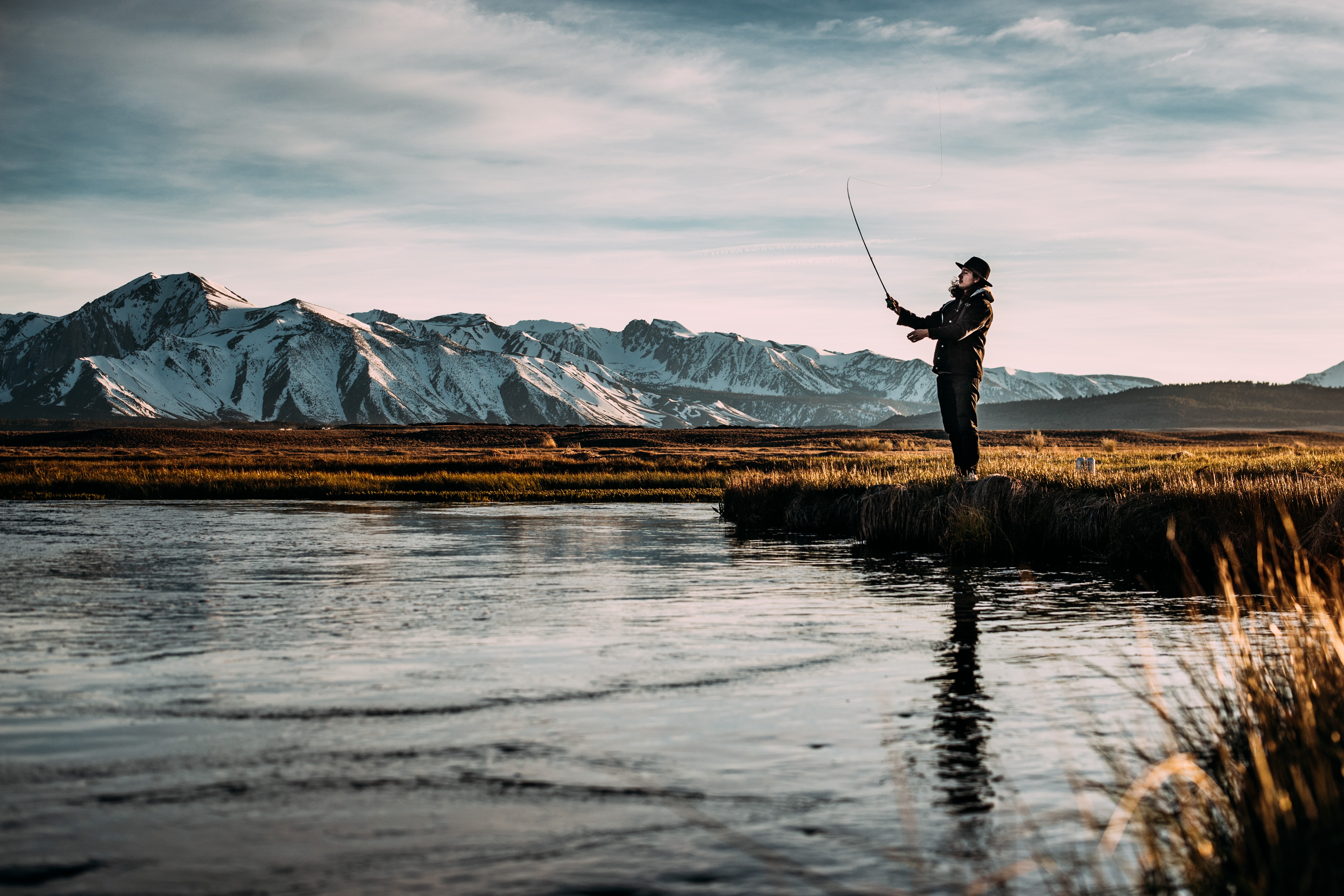
Finally, Callaghan notes that “you don’t know who you’re going to bump into out there, from whatever walk of life.” Depending on where you are and what season it is, you could run into folks hunting, fishing, riding mountain bikes, horseback riding, birding, mushroom picking, or just hanging out and drinking a beer or two. A lot of people use our public lands for a lot of reasons. All of them are valid, as long as the rules are being followed for that area.
Here’s where the “your public lands, our public lands — this belongs to all of us” quote comes to bear. Your political/ social ideology or level of outdoorsiness doesn’t give you a better claim to a single inch of BLM land than anyone else. And without a heavy ranger presence, you’ll need to navigate certain situations calmly.
In short, be considerate and compassionate, or simply don’t go. Just like in the case of the pandemic, we’re in this together.
On the flip side, keep an open mind to just how wonderful of an experience BLM land can be. Maybe you realize you don’t need a tour guide every time you leave home. Maybe you connect to new activities that change how you relate to the planet in general. Maybe you find a piece of yourself out there in the wild spaces that you’d never encountered before and grow as a result.
The truth is, COVID is going to shape our world for a long time. Everything is different now, including the way we spend our recreation hours. The opportunity to connect with wild spaces in a way that doesn’t endanger yourself or others while also opening the door to new adventures might just be one of the few silver linings of that fact.






